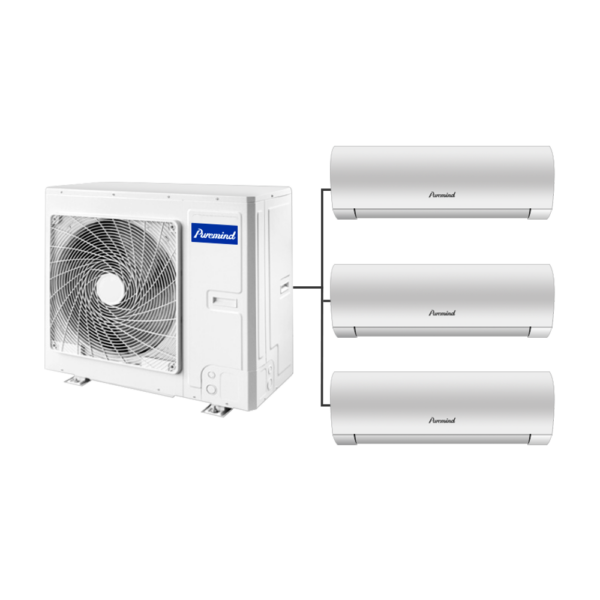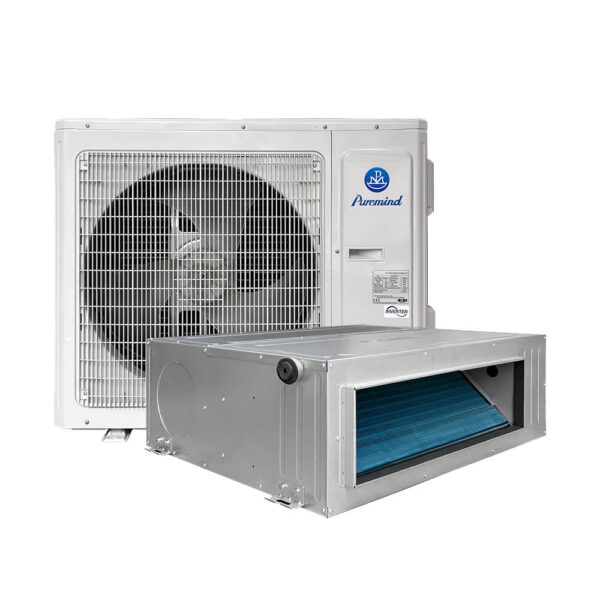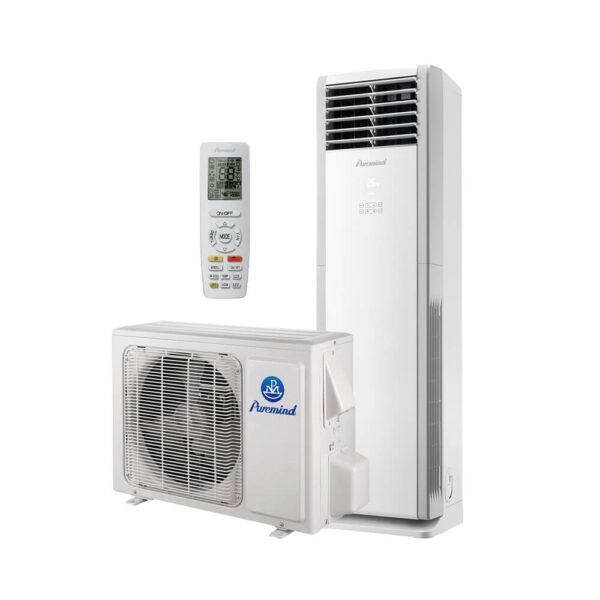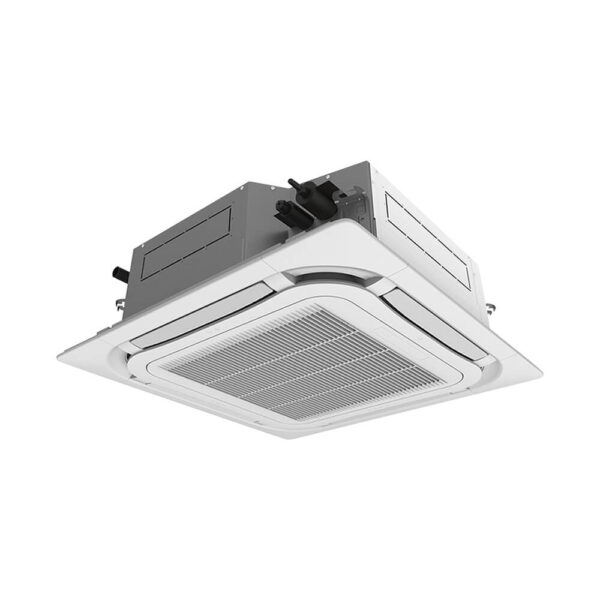HVAC Store Supply: A Comprehensive Guide for Wholesalers and Distributors
For wholesalers, suppliers, and distributors, managing an HVAC store supply efficiently is critical to meet market demand and maintain competitive advantage. This guide provides an in-depth look at HVAC store supply essentials, helping industry professionals optimize inventory, sourcing, and customer service.
Understanding HVAC Store Supply
HVAC store supply encompasses the range of products and equipment that HVAC retailers and distributors stock to fulfill customer needs. This includes heating, ventilation, air conditioning units, replacement parts, and accessories.
Key Categories in HVAC Store Supply
- HVAC Units: Central air conditioners, split systems, heat pumps, and furnaces.
- Components and Parts: Compressors, coils, filters, thermostats, and controls.
- Ductwork and Accessories: Supply and return ducts, registers, diffusers, and insulation.
- Tools and Equipment: Installation and maintenance tools, gauges, and meters.
Importance of Reliable HVAC Store Supply Chains
Maintaining a reliable supply chain ensures timely availability of products, reduces downtime, and improves customer satisfaction. Wholesalers and suppliers must establish strong relationships with manufacturers and logistics providers to secure consistent inventory flow.
Inventory Management Best Practices
- Demand Forecasting: Use sales data and market trends to predict product needs.
- Stock Optimization: Balance between overstock and stockouts for cost efficiency.
- Supplier Diversification: Minimize risks by sourcing from multiple vendors.
- Regular Audits: Ensure inventory accuracy and product quality.
Trends Influencing HVAC Store Supply
Technological advancements and market demands influence inventory choices. Increasing focus on energy-efficient systems, smart HVAC controls, and eco-friendly refrigerants requires stores to adapt their supply accordingly.
Enhancing Customer Solutions Through Product Knowledge
Distributors and suppliers who understand product features and applications can better assist customers, recommending appropriate HVAC units and accessories to optimize system performance.
Visit our collection of split air conditioners designed for modern HVAC needs.
Challenges in HVAC Store Supply
- Supply Chain Disruptions: Delays due to logistics or manufacturing issues.
- Rapid Technology Changes: Need for continual product updates and training.
- Pricing Fluctuations: Impact on procurement budgets and profitability.
Conclusion
Efficient management of HVAC store supply is essential for wholesalers, suppliers, and distributors to thrive in a competitive market. Embracing best practices, staying informed on industry trends, and maintaining strong supplier partnerships are keys to success.







